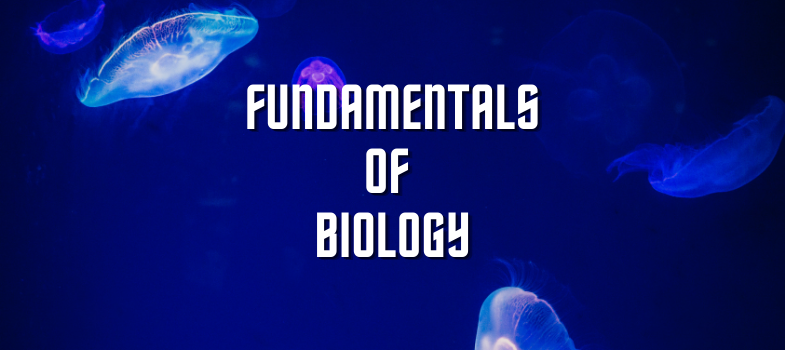Practice Problems
Write your answers down on a separate piece of paper or a digital document.
Practice Problems for Biochemistry, Session 7: Chemiosmotic Principle, Photosynthesis
Question 1
a) Respiration and Non-cyclic photophosphorylation both produce ATP using chemiosmosis.
• In respiration, what molecule donates electrons to the first protein in the electron transport chain?
• In non-cyclic photophosphorylation, what molecule donates electrons to the first protein in the electron transport chain?
• In respiration, what molecule accepts electrons from the last protein in the electron transport chain?
• In non-cyclic photophosphorylation, what molecule accepts electrons from the last protein in the electron transport chain?
• Non-cyclic photophosphorylation also produces NADPH. In what process is NADPH used, and what role does it perform in this process?
b) Purple sulfur bacteria have photosystem I, but not photosystem II, and thus carry out cyclic photophosphorylation. Plants have both photosystem I and photosystem II, and carry out non-cyclic photophosphorylation.
• Is the Calvin Cycle the same or different in Purple sulfur bacteria and plants? Explain.
• Is the mechanism for producing ATP the same or different in Purple sulfur and plants? Explain.
• What is the initial source of the electrons that are used to convert NADP+ to NADPH for cyclic photophosphorylation?
• What is the source of electrons for the conversion of NADP+ to NADPH for non-cyclic photophosphorylation?
Question 2
Explain why the evolution of non-cyclic photophosphorylation was a prerequisite to the evolution of respiration.
